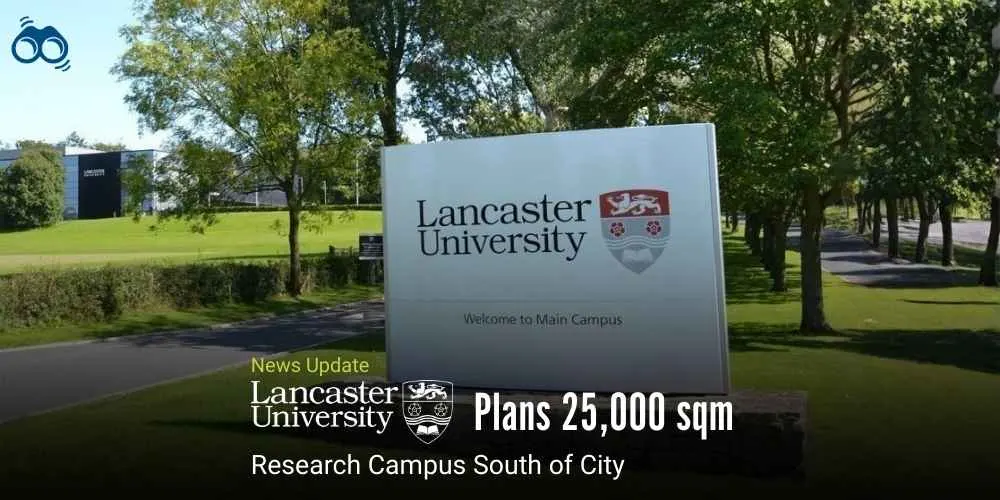Scientific Community Reacts: Potential Impact of Reduced NIH Indirect Costs Funding
Harvard Faces Significant Financial Shortfall Under Proposed NIH Funding Cuts
Most medical research in the U.S. is funded by the National Institutes of Health (NIH), but a new policy proposed by the Trump administration would significantly reduce NIH funding for major research institutions across the country. The policy, which is currently blocked by a federal court, seeks to limit NIH research funding for "indirect costs" (overhead expenses) to 15%, a substantial decrease compared to what some institutions currently receive.
John H. Shaw, Harvard's Vice Provost for Research, stated in a legal filing that Harvard’s NIH indirect rate was 69% last year, covering $135 million in indirect costs. Under the new policy, this would drop to $31 million. Research institutions rely on these grants to maintain facilities, labs, and staff, and university officials nationwide have expressed concerns that the policy change could disrupt critical research. Holden Thorp, editor-in-chief of Science, criticized the Trump administration’s move in an editorial, calling it a "betrayal of a partnership that has enabled American innovation." In a discussion on NPR's Morning Edition, Thorp and A Martínez discussed the potential impacts of the funding cuts on universities and research institutions.
Thorp explained that around 70 years ago, after World War II, the U.S. decided to conduct national research at universities rather than building its facilities and hiring scientists. The idea was that university professors would be more independent and creative than government-directed researchers, though this approach comes with significant costs. The institutions and the government agreed to roughly split the costs of building the research enterprise. The federal government's contribution to this arrangement comes in the form of "indirect costs," which are a fraction of the direct costs it covers. Essentially, the government and institutions have been sharing the costs of the U.S. research enterprise on a roughly 50/50 basis.
Under this policy, administrators face significant financial trade-offs. Many large institutions would need to find $150 million to $200 million annually to replace lost federal funding. They may have to cut programs across disciplines or reduce research administration, risking accounting issues or noncompliance with government regulations. Relying on philanthropy to cover the funding gap would be difficult due to the large amount and the unappealing nature of expenses like waste disposal and grants administration. The NIH argues the policy aligns with private foundations, which pay less for indirect costs, and ensures more funding goes directly to research instead of overhead.
Holden Thorp acknowledges the arguments but notes the key difference: private foundations were not part of the social contract that established the federal research enterprise. He believes these foundations help cover additional costs that the government would otherwise need to fund for the same research. The proposed reduction in NIH funding for indirect costs could severely impact the sustainability of critical research at major institutions, emphasizing the need for continued support and balanced collaboration between government and universities.
Editor’s Note:
The proposed policy to cut NIH funding for indirect costs comes at a crucial time for American medical research. This policy threatens the research system that has fueled innovation and breakthroughs for years. Adequate funding is crucial for maintaining cutting-edge research and the infrastructure that supports it. The impact of these cuts goes beyond individual institutions; it affects the future of medical progress and public health.
Skoobuzz underlines that the balance of financial responsibility between the government and research institutions has been key to American innovation, and any changes must be carefully thought out to avoid harming progress.














0 Comments (Please Login To Continue)